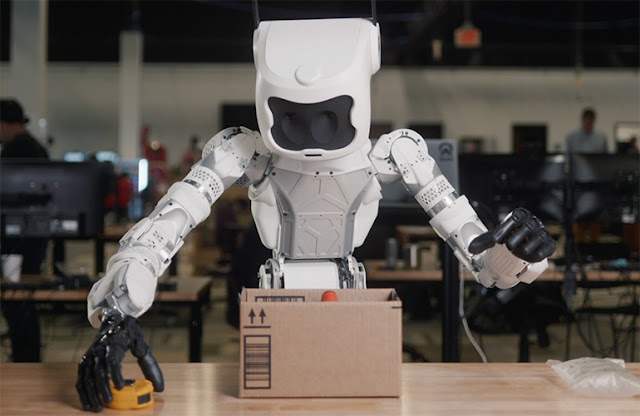"Robotics: A Skill for the Future"
Robotics is the field of engineering that deals with the design, construction, operation, and application of robots. Robots are machines that can be programmed to perform tasks automatically. They are used in a wide variety of industries, including manufacturing, healthcare, and transportation.
Facts & Statistics
Here are some real-world facts and statistics about robotics:
• The global robotics market is expected to reach $135.6 billion by 2025.
• The US is the largest market for robotics, followed by China and Japan.
• The automotive industry is the largest user of robots, followed by the electronics and electrical industry.
• There are an estimated 2.7 million robots in operation worldwide.
• The average price of a robot is $20,000.
• The most common type of robot is the industrial robot, which is used for tasks such as welding, assembly, and painting.
• Other types of robots include healthcare robots, service robots, and military robots.
Why the kids need to learn robotics:
• Robotics is rapidly growing:
The demand for robots is increasing, and the field of robotics is constantly evolving. By learning robotics, you can gain the skills you need to succeed in this growing field.
• Robotics is a versatile field:
Robots can be used to perform a wide variety of tasks. This makes robotics a versatile field with many potential applications.
• Robotics is a challenging:
Robotics is a challenging field that requires a strong foundation in science, technology, engineering, and math (STEM). This makes robotics a rewarding field that can help you develop your problem-solving and critical-thinking skills.
• Robotics is a creative field:
Robotics allows you to be creative and come up with new ways to solve problems. This makes robotics a fun and exciting field to learn about.
How many Robots are built?
The number of robots built each year is increasing rapidly. In 2022, there were an estimated 1.7 million robots built worldwide. This number is expected to reach 2.7 million by 2025.
The growth of the robotics industry is being driven by a number of factors:
• The increasing demand for automation in manufacturing and other industries.
• The development of new and more sophisticated robotic technologies.
• The declining cost of robots.
.png)




Comments
Post a Comment